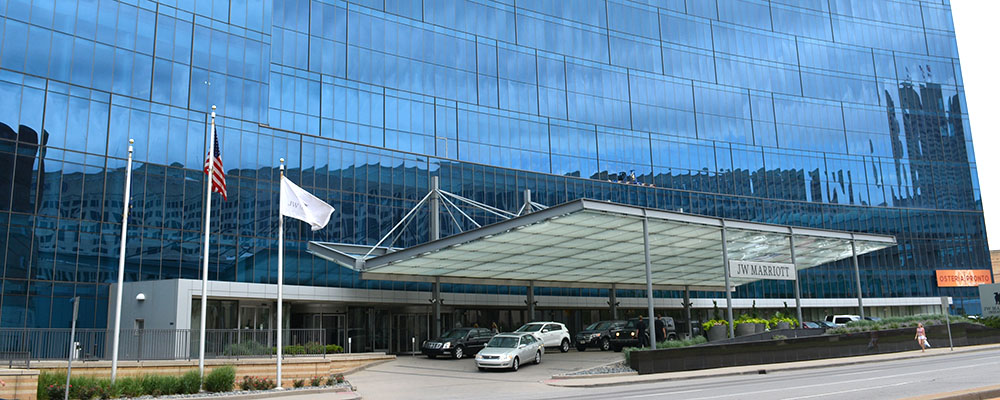The overall goal of making buildings more energy efficient is to lower costs and reduce the load on HVAC systems. According to the U.S. Department of Energy, heat that either escapes or enters through windows accounts for approximately 30% of the energy used to heat and cool buildings. Engineers are developing new window technologies to help prevent this massive energy loss. One idea is to “adapt new sensors and smart windows in an effort to help achieve energy efficiency and improve thermal comfort for people inside buildings.” https://news.mit.edu/2020/preventing-energy-loss-through-windows-0106
There are steps property owners can take now to manage the transfer of heat through windows, doors, and skylights. Ensuring glass is properly installed can eliminate leaks and gaps around edges and frames. Replacing single pane windows with double and triple pane windows can also eliminate energy loss and help reduce noise.
The use of specialized coatings on glass is another option to make buildings more energy efficient. Coatings can be chosen based on factors such as:
- Solar Heat Gain Coefficient (SHGC), which measures a window’s ability to reduce incoming heat from direct sunlight.
- U-Factor, which measures heat gain or loss from indoor and outdoor temperature differences. For example, a low U-Factor means a window is a better insulator and loses less heat.
SHGC and U-Factor can be addressed in several ways, such as introducing a low emissivity (Low-E) coating on the glass. Insulated glass units (IGUs) can also prevent heat loss through doors and windows. Double or triple pane windows have glass separated by an inert gas, and the insulating gas layer diffuses heat transfer.
https://www.bdcnetwork.com/blog/energy-efficient-glass-products-every-climate
Energy efficient window coverings can also reduce heat transfer. Options ranges from interior shades and blinds to exterior awnings and shutters. https://www.energy.gov/energysaver/energy-efficient-window-coverings
Energy efficiency doesn’t stop at glass. Paint, wall coverings, and flooring choices can also impact energy bills. For example, commercially available white paints reflect between 80% and 90% of sunlight, with the ‘whitest ever’ paint reflecting 98% of sunlight. Think about the impact of color during your next energy audit.
https://www.bbc.com/news/science-environment-56749105
Add FSN to your bid list or contact us today at (410) 564-5876 or sales@FinishingSolutionsNetwork.com to be matched with qualified glazing contractors in your area and learn more about energy efficient options for your properties.



